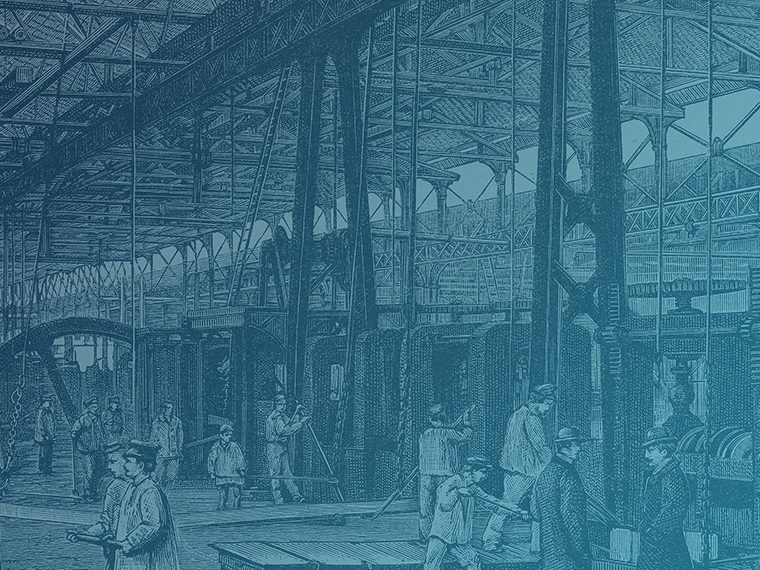On anime sites, what one’s friends are watching is the most persuasive prompt to engage
The advertising migration from traditional media to digital platforms is expected to hit a major milestone in 2021, when more ad dollars — nearly $400 billion — will be spent online than in print, television and radio combined.
In the digital world, social networks, led by Facebook, YouTube and Instagram, are an increasingly large market. The number of active users has increased from 970 million in 2010 to around 2.5 billion today, with an expectation that they will grow to more than 3 billion users in 2021.
Given that ad revenue is the main business model for social media sites, their growth is dependent on cajoling registered users into becoming active participants who can be served ads when they are on the site.
Opt In to the Review Monthly Email Update.
Mina Ameri of the University of Pittsburgh, UCLA Anderson’s Elisabeth Honka and Ying Xie of the University of Texas at Dallas provide a series of insights into how best to drive engagement. They studied how social-site users choose their friends and what types of friend attributes (heavy users or not, frequent posters or not) drive another user to become a more active participant.
The researchers sampled 400 random users who joined the MyAnimeList.net website in the second half of 2007, and then tracked their friending habits and site usage. The site is a popular gathering spot where fans of Japanese cartoons journal about watching animes, comment on them and interact with fellow anime aficionados.
The researchers first focused on how users chose their site friends, and then modeled under what circumstances a friend’s appetite for watching anime and contributing user-generated content (UGC) compelled a user to increase her watching or posting.
For any business considering launching or building out a social media component, understanding the impact of friendships on activity can help drive engagement and, ultimately, revenue.
The authors found that pushing the site’s core product, that is, anime watching, was the most effective way to boost site traffic. On-site usage was 35 percent higher among users who were given prompts to watch animes than among users who were motivated to add friends, and two times higher than among users the site encouraged to post.
Unlike a site such as Facebook, where friending is often driven by past connections like who you went to school with or work with, MyAnimeList.net provides an environment in which to study how global strangers with a shared interest choose to connect when they join an affinity site.
“An intriguing aspect of making friends in many online social networks is that people do not know each other’s real identities. As a result, an individual’s behaviors and opinions as observed by other people in the online environment are the main factors influencing friendship formation decisions in these types of networks,” write Ameri, Honka and Xie.
The friending dynamic is, not surprisingly, a bit of a popularity contest. Friending the most prolific poster or anime viewer is less important than joining the biggest crowd. The raw number of friends someone has — along with the overlap in friends — is the central driver of how friends are chosen. Playing up strangers’ shared demographics (age, location, gender) can also increase the likelihood of a connection.
But popularity has its limits. Having more friends does not make a user more active. That’s not news to anyone who (ahem) accepts every request to connect on LinkedIn but doesn’t actively use the site on a regular basis.
“Well-connected users in the network tend to become friends with other well-connected users who are not necessarily the ones who would produce a lot of UGC or watch many animes,” the researchers found.
What gets users to engage is when they have friends who are already engaged. For instance, users are compelled to watch more animes when they see a friend has watched one in the past day.
In fact, seeding a user’s feed with the watching habits of their friends was the most effective driver of on-site engagement. Ameri, Honka and Xie’s modeling found that showing users their friends’ viewing habits generated more postings than showing the user their friends’ actual postings.
Featured Faculty
-
Elisabeth Honka
Associate Professor of Marketing
About the Research
Ameri, M., Honka, E., & Xie, Y. (2018). A model of tie formation, product adoption, and content generation.






